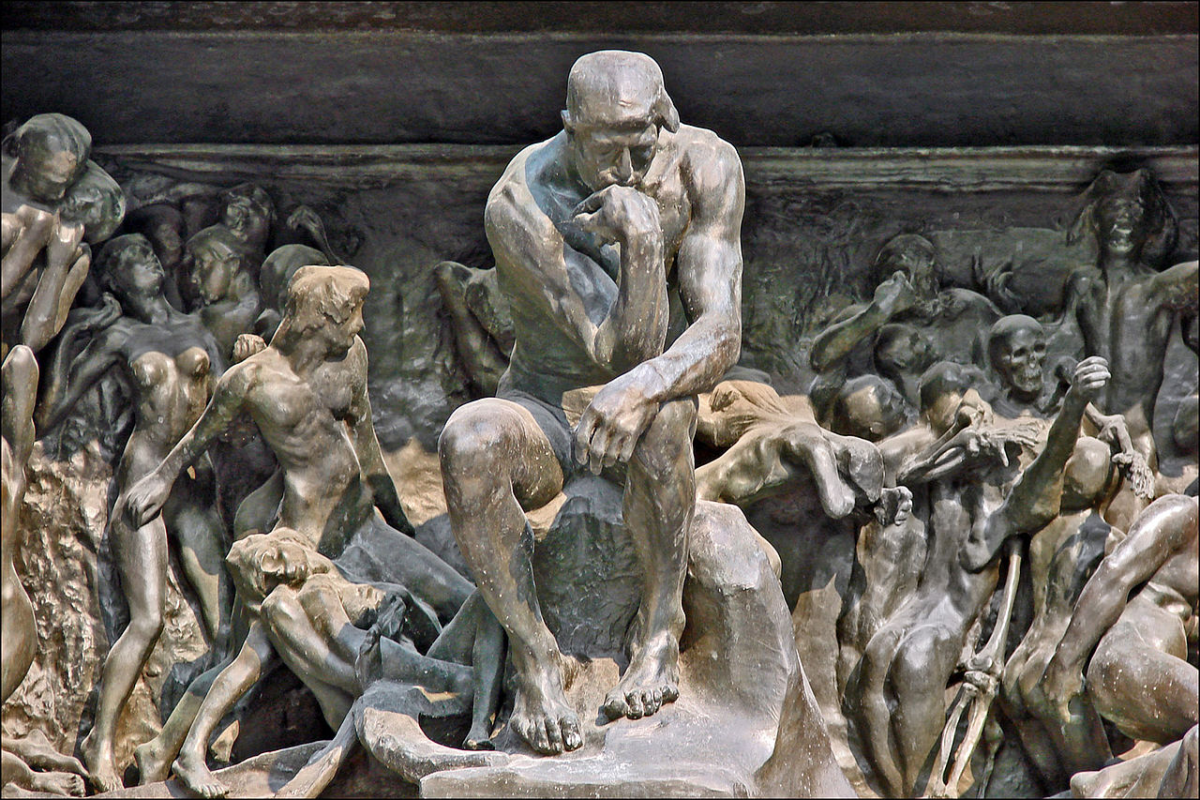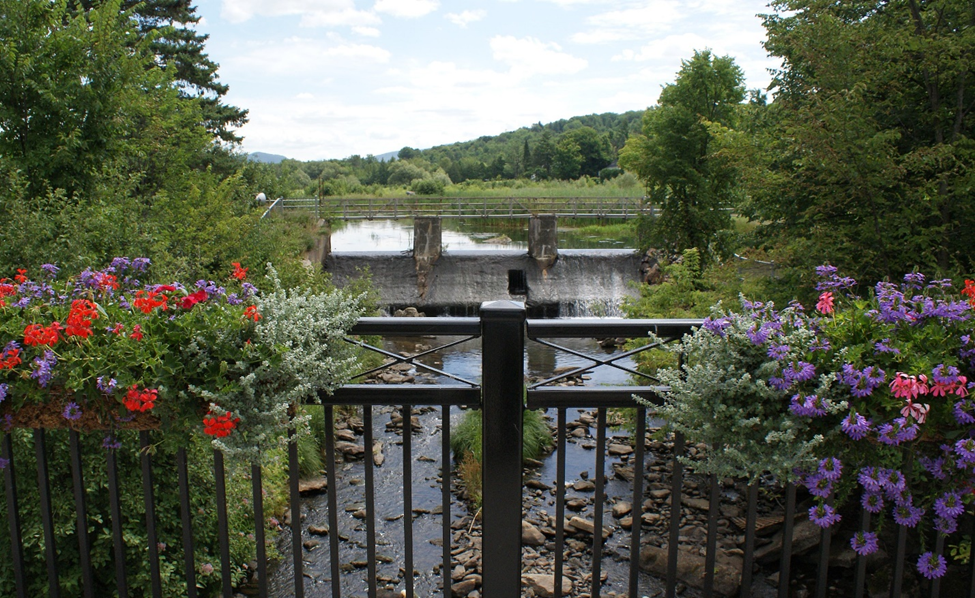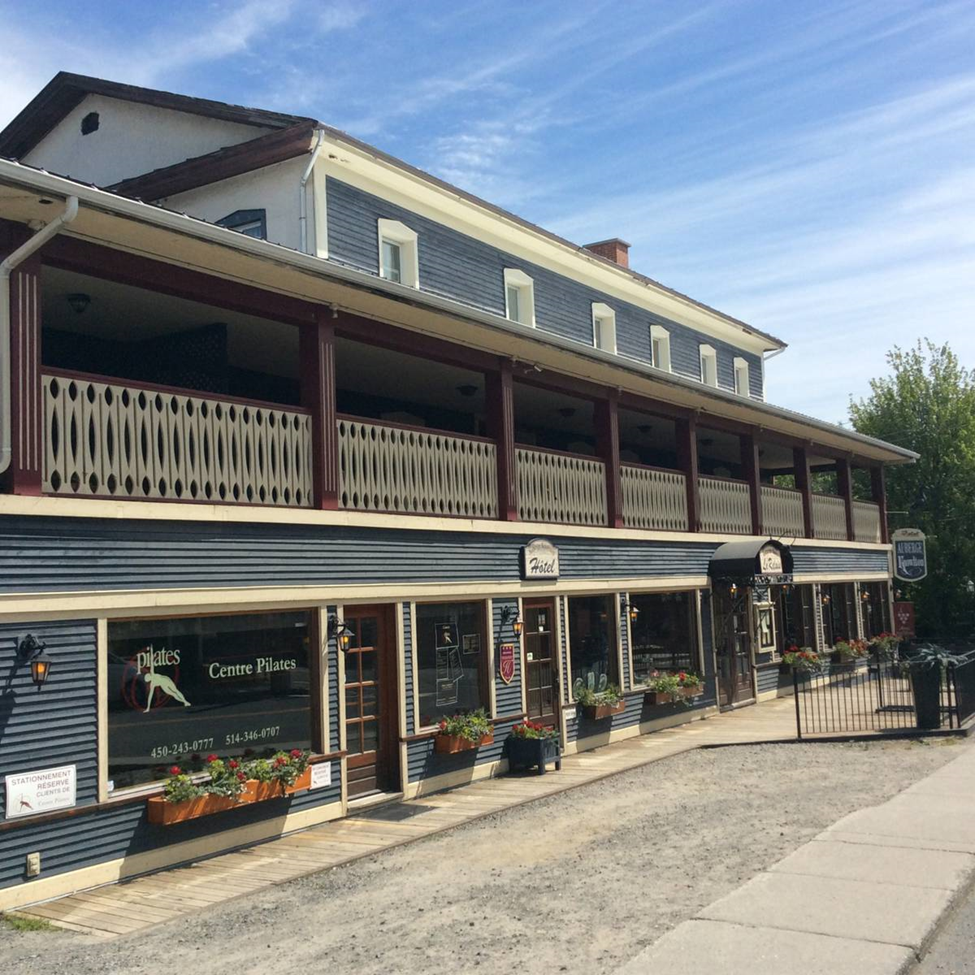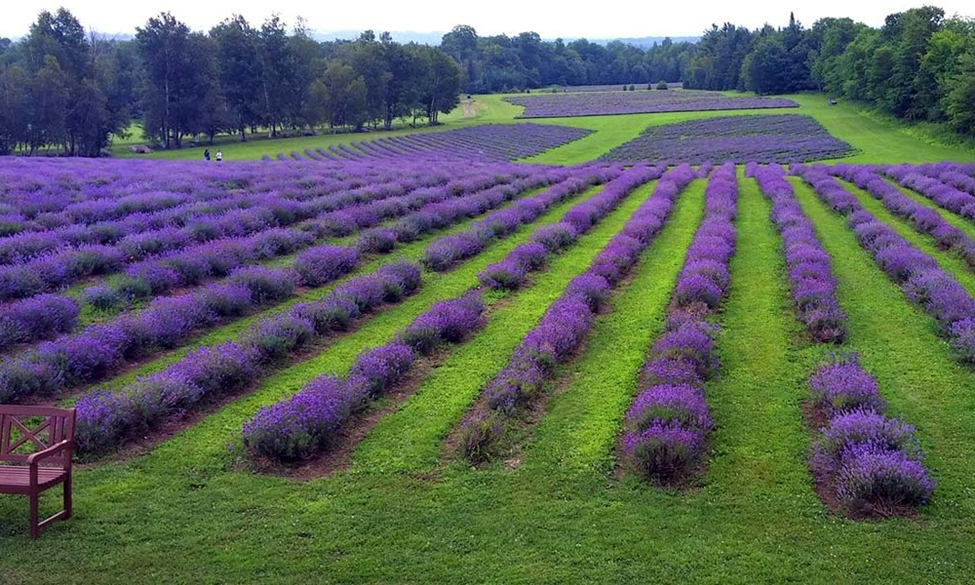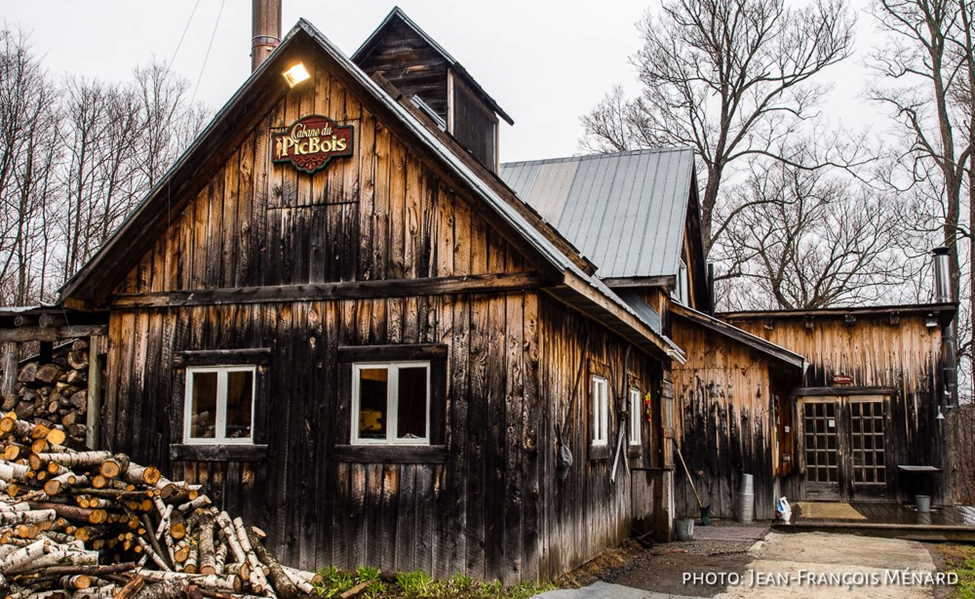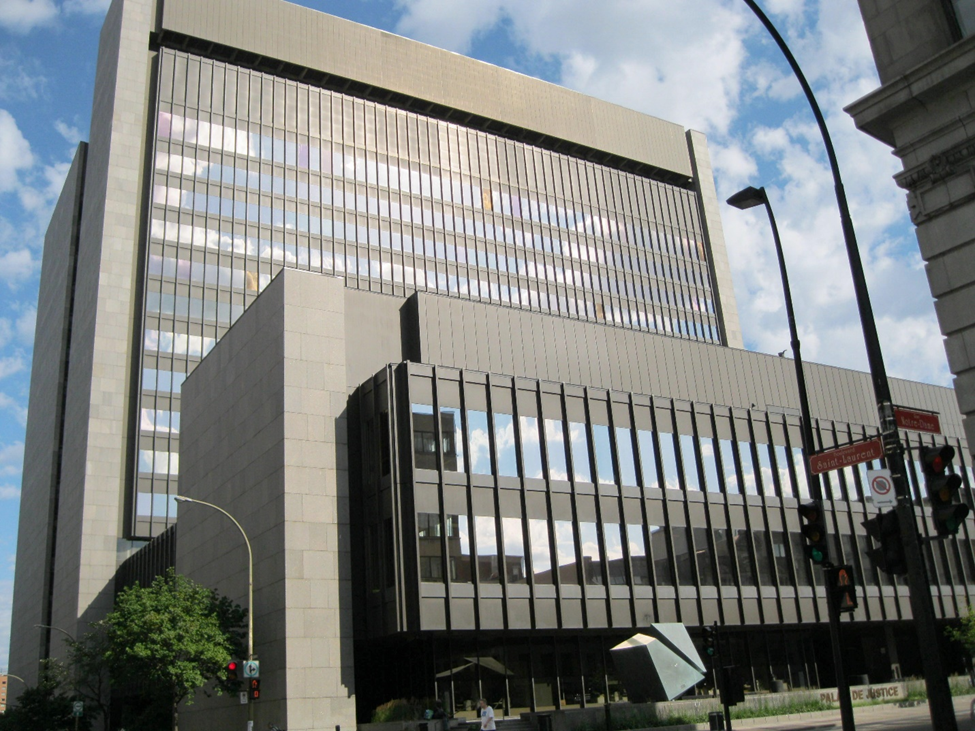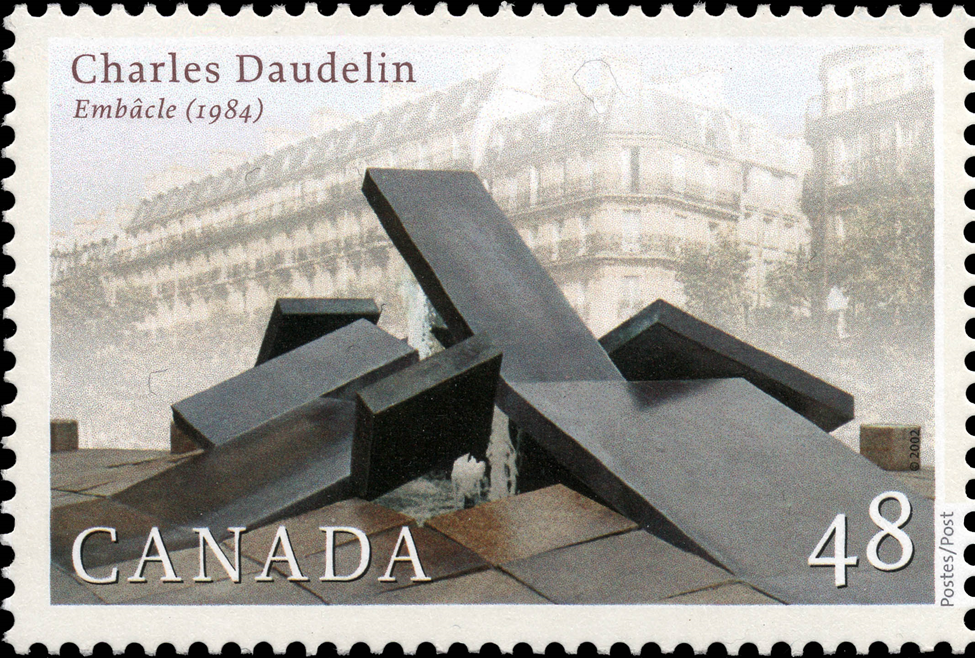wcag heading
“Hell is empty, Armand,” said Stephen Horowitz.
‘You’ve mentioned that. And all the devils are here?’ asked Armand Gamache.
‘Well, maybe not here, here’—Stephen spread his expressive hands—’exactly.’
‘Here, here’ was the garden of the Musée Rodin, in Paris, where Armand and his godfather were enjoying a quiet few minutes. Outside the walls they could hear the traffic, the hustle and the tussle of the great city.
But here, here, there was peace. The deep peace that comes not just with quiet, but with familiarity.
With knowing they were safe. In the garden. In each other’s company.” (Pg. 1)
Originally opened in 1919, the Musée Rodin is located at 77 rue de Varenne in what was the Hôtel Biron. Among the many works displayed in the Musée is arguably Auguste Rodin’s most famous sculpture, The Gates of Hell, which features the all-too-familiar figure of The Thinker.
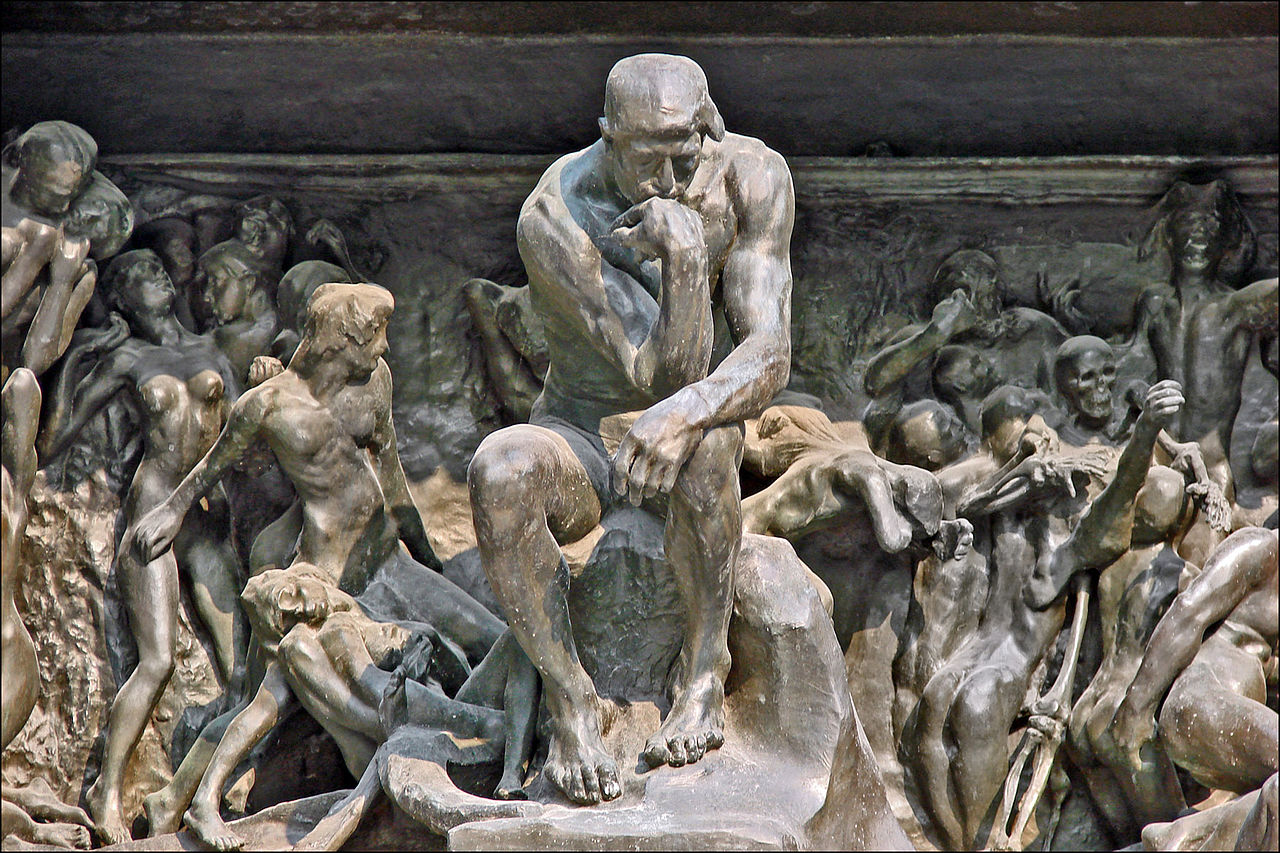
The sculpture – a work that Rodin tinkered with for nearly 40 years and up until the time of his death – plays a major role in the novel. Among other events, it’s where Armand and Stephen sit, at the beginning of the novel, to eat their tartelettes au citron.
The Gates were inspired by Dante’s Inferno of which Rodin said, “For a whole year I lived with Dante, with him alone, drawing the eight circles of his inferno…” He then translated his vision, driven by Dante’s dire warning – Abandon every hope, who enter here – into the massive bronze sculpture that measures nearly 20 feet high and over 13 feet wide.
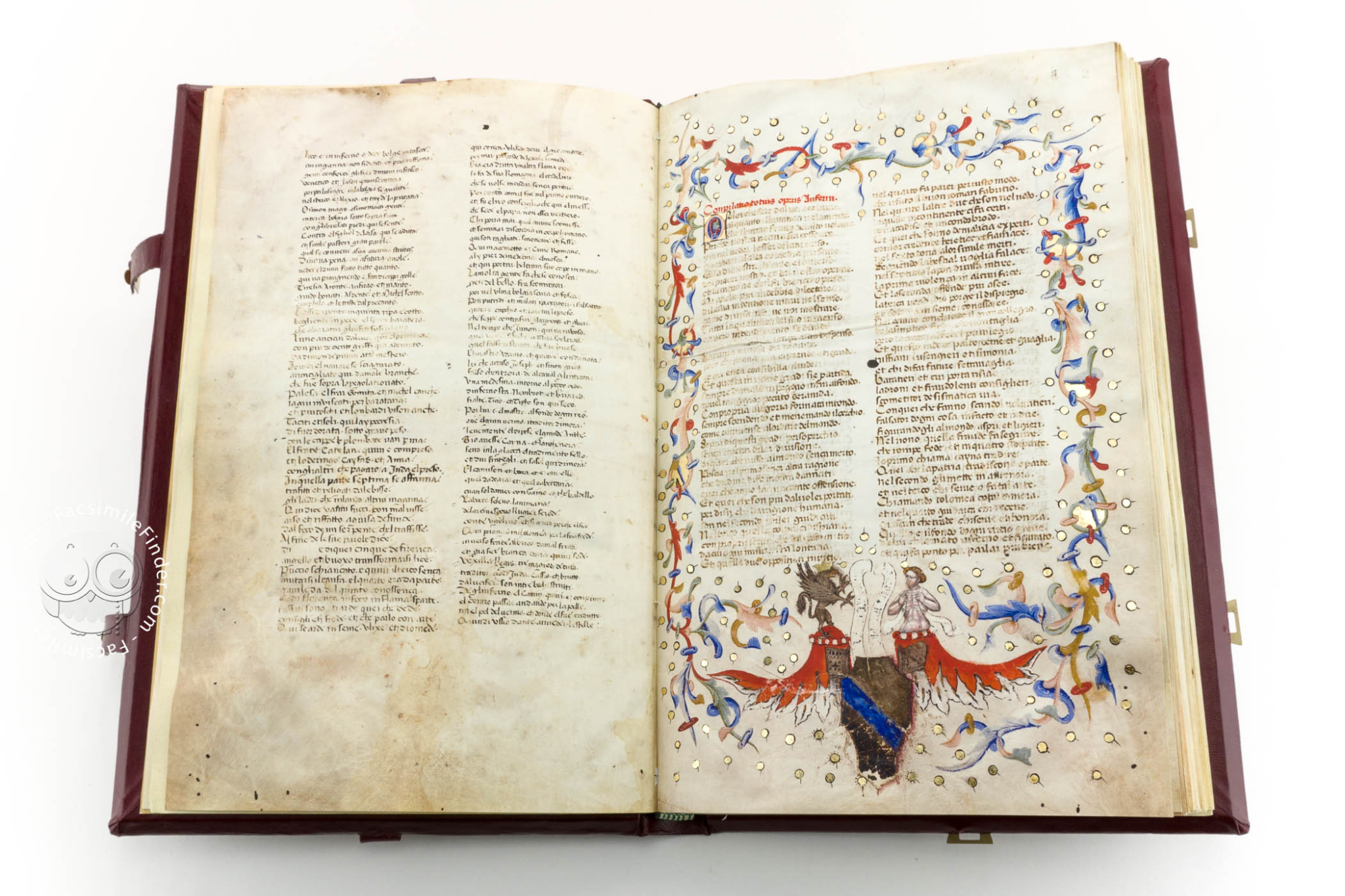
After spending time contemplating The Gates of Hell – if you haven’t given up hope! – you must venture into the Musée where you’ll not only find more sculptures but thousands upon thousands of drawings and photographs from the rightful heir to Michelangelo who once said, “The main thing is to be moved, to love, to hope, to tremble, to live…”
Trinquons à ça!
